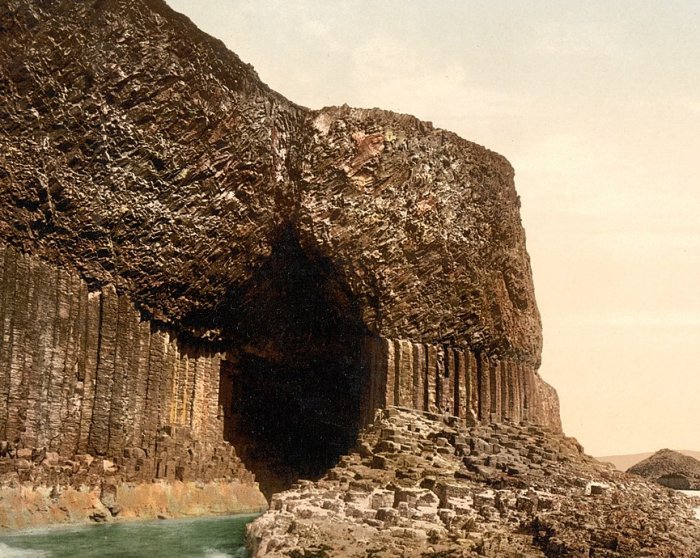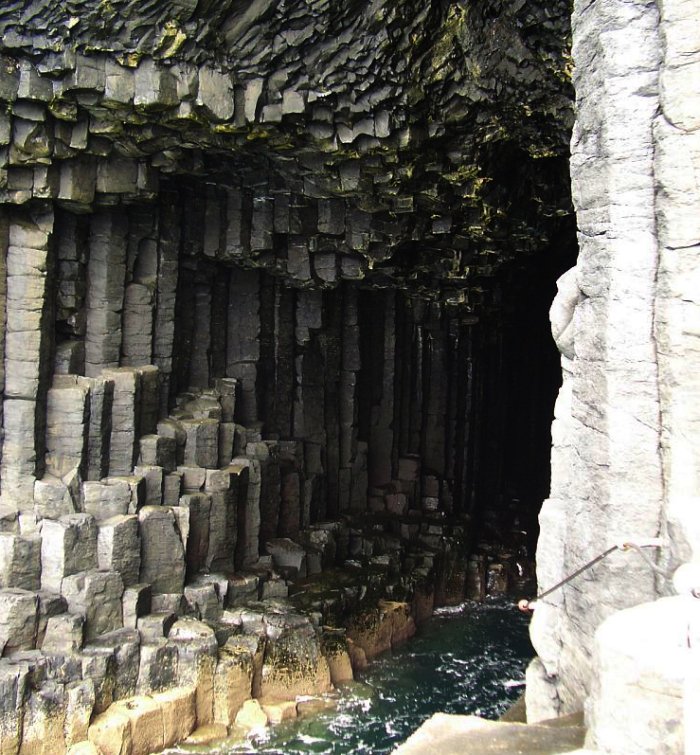Natural Wonders: ‘Fingal’s Cave’ – An Enigmatic Place Shrouded In Mystery And Legend
A.Sutherland - AncientPages.com - The cathedral-like structure - the least-visited and unique place in the world - is located on the barren and uninhabited island of Staffa, six miles off the western coast of Mull, which is part of the chain of islands known as the Inner Hebrides, Scotland.
Fingal's Cave, Island of Staffa, Scotland. Image credit: Unknown author - Public Domain
Bizarre basalt pillars, unusual symmetry, and eerie sounds produced by the echoes of waves can be admired in a vast sea cave formed from hexagonal basalt and known as Fingal's Cave.
A unique 69m (227 feet) tall structure results from intense volcanic activity approximately 60 million years ago.
The cave was formed from the most spectacular, hexagonally jointed black basalt columns.
Its height is 20m (66 feet), and its mouth, surrounded by these columns, has an opening of 13m (42 feet). The pillars are from 6 to 12 m high.
The cave was discovered in 1772 by Sir Joseph Banks (1743-1820), a British explorer and naturalist. He visited the island of Staffa and Fingal's Cave during his expedition to Iceland. Ancient records say that the island shakes so much during violent storms that one family occupying a small hamlet near the island's center in the late 1790s was forced to leave.
The hexagonal columns of basalt on Staffa seem to have unusual qualities.
Basalt columns inside Fingal's Cave. Image credit: Karl Gruber - CC BY-SA 3.0
According to Salvatore M. Trento's "Field Guide to Mysterious Places of the Pacific Coast," a magnetic anomaly exists in the area. Very high magnetic readings have been recorded approximately twenty feet from the cliff face. Still, near ancient paintings that cover columns, the milligauss (one-thousandth of a gauss) readings dropped.
Historical sources confirm that prehistoric inhabitants lived in the region 8,000 years ago. Were they aware of locations with low magnetic readings that could cause special effects?
The Scottish historical novelist and poet Sir Walter Scott saw the famous Fingal's Cave. They listened to the unearthly music emitted by the dark-colored basaltic columns and water, affected by the ebb and flow of tides.
According to legend, an Irish giant and hero, Fingal (Finn mac Cumhail), built Staffa to avoid getting his feet wet when he walked across the sea from the Giant's Causeway in Ireland to Scotland to "lift" cattle.
His impression was that the place is "a naturally adorned cathedral where one touches the spirit of God." The Gaelic name means "the Cave of Music."
Also, Giant's Causeway's unique structure is ascribed to Fingal, who built it in Antrim, Northern Ireland, to walk to Scotland to fight his rival giant, Benandonner.
Fingal and his giant warriors are common in ancient Celtic mythology.
Finn, whose name means: white, a fair-haired person, also possessed a magic horn, which bore a mysterious curse, and Knud Mariboe in 'The Encyclopedia Of The Celts' writes that 'Finn's mother was the granddaughter of Nuada, king of Erin (Ireland) and leader of the Tuatha De Danann, and Ethlinn, the mother of Lugh of the Long Hand, a sun god, worshipped in the Celtic world...'
Today no one believes that Fingal built the Staffa's magnificent cave and the Giant's Causeway, but rather Mother Nature did millions of years ago.
Nevertheless, places like these have always been seen as something special, possibly sacred or mythical.
Written by – A. Sutherland - AncientPages.com Senior Staff Writer
Updated on March 13, 2023
Copyright © AncientPages.com All rights reserved. This material may not be published, broadcast, rewritten or redistributed in whole or part without the express written permission of AncientPages.com
More From Ancient Pages
-
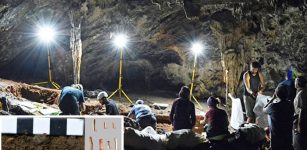 Humans Used Shells As Body Ornaments 30,000 Years Ago – Discovery In Malaga’s Cueva de Ardales Reveals
Archaeology | Jun 8, 2023
Humans Used Shells As Body Ornaments 30,000 Years Ago – Discovery In Malaga’s Cueva de Ardales Reveals
Archaeology | Jun 8, 2023 -
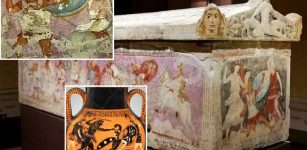 Sarcophagus Of The Amazons: Etruscan Coffin With Paintings Of Dynamic Fighting Scenes Of Greeks With Amazons
Featured Stories | Oct 18, 2022
Sarcophagus Of The Amazons: Etruscan Coffin With Paintings Of Dynamic Fighting Scenes Of Greeks With Amazons
Featured Stories | Oct 18, 2022 -
 Alexander The Great And The Prophecy Of The Tree Of The Sun And Moon
Featured Stories | Jun 10, 2019
Alexander The Great And The Prophecy Of The Tree Of The Sun And Moon
Featured Stories | Jun 10, 2019 -
 Map May Confirm The Legend Of The Mysterious Lost Sunken Welsh Kingdom Of Cantre’r Gwaelod In The Black Book Of Carmarthen
Archaeology | Aug 21, 2022
Map May Confirm The Legend Of The Mysterious Lost Sunken Welsh Kingdom Of Cantre’r Gwaelod In The Black Book Of Carmarthen
Archaeology | Aug 21, 2022 -
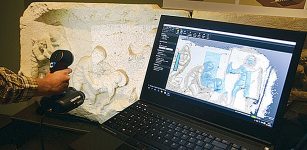 Archaeologists Use Laser Technology To Create Digital Models Of Ancient Artifacts
Archaeology | Jan 28, 2016
Archaeologists Use Laser Technology To Create Digital Models Of Ancient Artifacts
Archaeology | Jan 28, 2016 -
 Hidden Text Of Medical Book By Doctor Galen Read For The First Time In 1000 Years
Archaeology | Mar 24, 2018
Hidden Text Of Medical Book By Doctor Galen Read For The First Time In 1000 Years
Archaeology | Mar 24, 2018 -
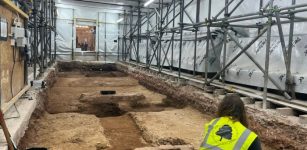 Ancient Tomb Of William The Conqueror’s Nephew Discovered In Exeter
Archaeology | Aug 1, 2023
Ancient Tomb Of William The Conqueror’s Nephew Discovered In Exeter
Archaeology | Aug 1, 2023 -
 On This Day In History: Francis Baily First Observed ‘Baily’s Beads’ – On May 15, 1836
News | May 15, 2016
On This Day In History: Francis Baily First Observed ‘Baily’s Beads’ – On May 15, 1836
News | May 15, 2016 -
 The Tuli Mummy: Botswana’s Only Ancient Mummified Human Body Discovered So Far
Ancient History Facts | Oct 14, 2016
The Tuli Mummy: Botswana’s Only Ancient Mummified Human Body Discovered So Far
Ancient History Facts | Oct 14, 2016 -
 Sir Christopher Wren – Genius Mind Of Most Influential British Architect Of All Time
Featured Stories | Feb 22, 2016
Sir Christopher Wren – Genius Mind Of Most Influential British Architect Of All Time
Featured Stories | Feb 22, 2016 -
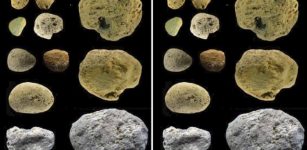 Resourceful Neanderthals Could Dive 13ft If Necessary To Collect Shells
Archaeology | Jan 16, 2020
Resourceful Neanderthals Could Dive 13ft If Necessary To Collect Shells
Archaeology | Jan 16, 2020 -
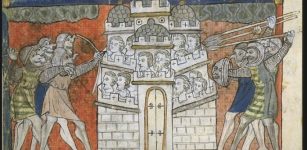 Gog And Magog Prophecy In The Book Of Revelation
Biblical Mysteries | Oct 11, 2018
Gog And Magog Prophecy In The Book Of Revelation
Biblical Mysteries | Oct 11, 2018 -
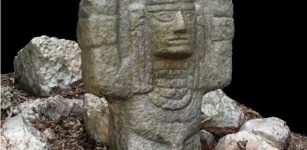 Ancient Atlantean Sculpture Discovered At The Mayan Chichen Itza Archaeological Site
Archaeology | Aug 29, 2023
Ancient Atlantean Sculpture Discovered At The Mayan Chichen Itza Archaeological Site
Archaeology | Aug 29, 2023 -
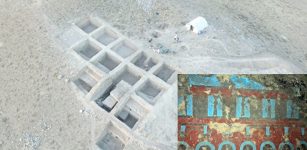 First Look At Mysterious 2,700-Year-Old Underground Frescoes Hidden Inside An Urartu Structure
Archaeology | Oct 6, 2022
First Look At Mysterious 2,700-Year-Old Underground Frescoes Hidden Inside An Urartu Structure
Archaeology | Oct 6, 2022 -
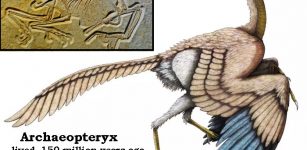 Oldest Recently Discovered Fossil of Bird ‘Archaeopteryx’ That Lived 150 Million Years Ago
Archaeology | Jan 29, 2018
Oldest Recently Discovered Fossil of Bird ‘Archaeopteryx’ That Lived 150 Million Years Ago
Archaeology | Jan 29, 2018 -
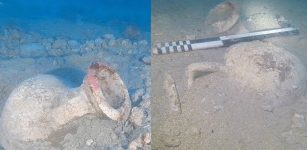 2,ooo-Year-Old Ancient Roman Treasure Found Underwater Of The Coast Of Portofino, Italy
Archaeology | Jan 31, 2019
2,ooo-Year-Old Ancient Roman Treasure Found Underwater Of The Coast Of Portofino, Italy
Archaeology | Jan 31, 2019 -
 Jamukha: Mongolian Leader, Military And Childhood Friend Of Genghis Khan But Not Forever
Featured Stories | May 8, 2019
Jamukha: Mongolian Leader, Military And Childhood Friend Of Genghis Khan But Not Forever
Featured Stories | May 8, 2019 -
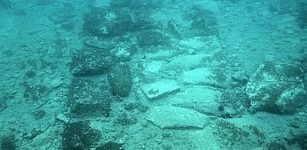 Massive Bronze-Age Settlement Discovered Underwater in Greece
News | Sep 1, 2015
Massive Bronze-Age Settlement Discovered Underwater in Greece
News | Sep 1, 2015 -
 God Odin Was Exiled From Asgard – The Kingdom Of The Gods – But He Had No Regrets For Breaking Norse Society’s Norms
Featured Stories | Feb 10, 2018
God Odin Was Exiled From Asgard – The Kingdom Of The Gods – But He Had No Regrets For Breaking Norse Society’s Norms
Featured Stories | Feb 10, 2018 -
 Limestone Stela Of Liberation Discovered In Kom Ombo Temple In Aswan, Egypt
Archaeology | Oct 17, 2018
Limestone Stela Of Liberation Discovered In Kom Ombo Temple In Aswan, Egypt
Archaeology | Oct 17, 2018

